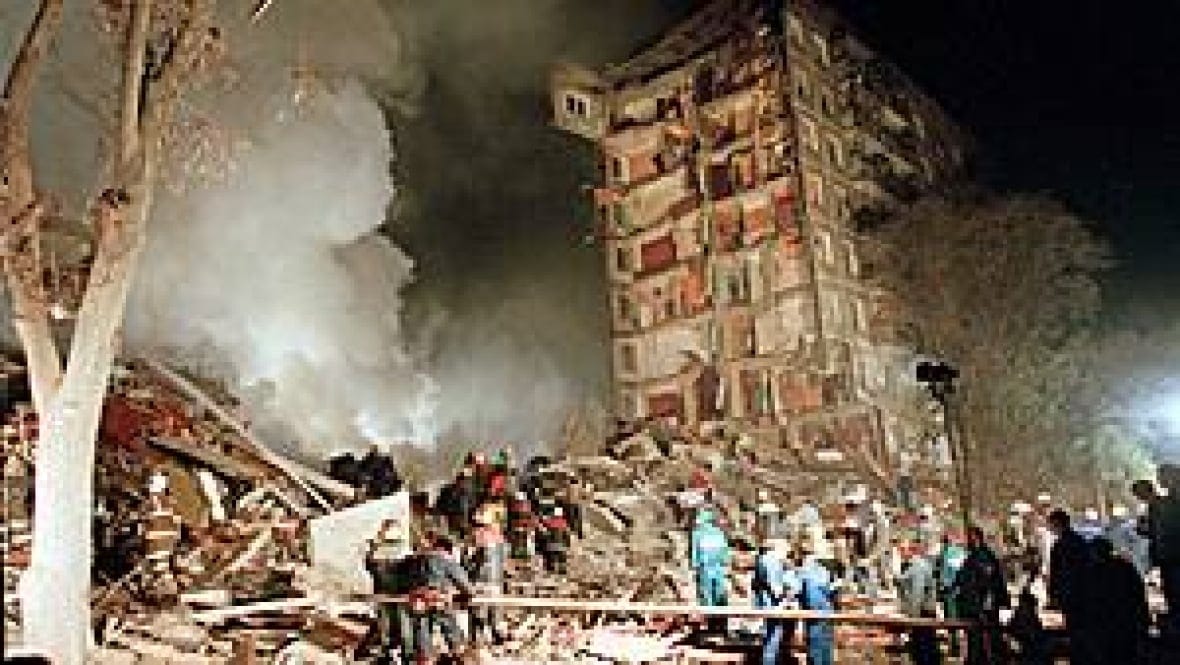The case of Austin Tice, a former US Marine and journalist, has captivated both national and international attention since his disappearance in Syria in 2012. Tice was in the country covering the brutal civil war that broke out in 2011 and was known for his dedication to responsible reporting. On August 14, 2012, Tice was last seen in Aleppo, one of the epicenters of the conflict, while he was gathering information and conducting interviews in the area. In the years that have followed, numerous investigations in collaboration with various international bodies have sought to locate him and shed light on his fate.
New information surfacing from investigations, particularly focused on clues from 2013, may provide renewed hope in locating Tice. The tip-offs have highlighted various undisclosed locations and individuals who may have had contact with him during his time in Syria. As the US government maintains its stance on advocating for Tice’s safe return, family members and advocacy groups are urging for greater efforts to engage with local partners who may have relevant information about his whereabouts.
### Background of the Disappearance
Austin Tice was an ambitious and talented journalist passionate about telling the stories from war-torn regions. After serving in the Marine Corps and deploying to Iraq, he returned to civilian life and enrolled at Georgetown University. Tice began his career in journalism while covering the protest movements in Syria. In early 2012, he traveled to Syria to document the unfolding conflict, contributing to various outlets including The Washington Post, McClatchy Newspapers, and CBS News.
On the day he disappeared, Tice was reportedly traveling in a vehicle with a group of foreign journalists when they encountered a roadblock. Shortly after that, he lost contact with his colleagues and has not been heard from since. Within weeks of his disappearance, a video surfaced showing Tice blindfolded and held captive by unknown captors. The video was distributed widely and raised alarm bells within the journalist community and the United States government about the perils faced by journalists on the ground amidst the chaos of war.
### Investigations and Efforts for His Return
Since his disappearance, multiple investigations have been undertaken by U.S. officials to unveil the circumstances surrounding his abduction. The FBI has been involved as part of the U.S. government’s efforts to locate Tice, but direct leads have been minimal. Despite various theories that surfaced over the years regarding his possible location, the U.S. government has not confirmed any specific details about his status.
In 2017, bipartisan congressional pressure pushed the Trump administration to take further action in the search for Tice. The administration’s efforts included discussions with local Syrian authorities and negotiations regarding potential releases of Americans held captive in the region. However, limited results have emerged from these negotiations, leading to ongoing frustration for Tice’s family.
In 2020, following a series of high-profile cases involving the release of American captives, advocates for Tice ramped up their calls for renewed focus on his case. The urgency heightened with a growing awareness of the plight of journalists in conflict zones. Organizations such as the Committee to Protect Journalists (CPJ) have added their voices to the call for dedicated actions that would prioritize the safe return of journalists who have gone missing while serving in dangerous territories.
### The 2013 Clue and Its Implications
Emerging details from ongoing investigations have revitalized hope for Tice’s family and supporters. In 2013, reports indicated sightings of a journalist matching Tice’s description held captive in areas controlled by various factions. The new leads suggest certain locales and individuals who potentially interacted with Tice during his captivity.
The nature of the conflict in Syria complicates matters considerably. With numerous factions actively engaged—ranging from the Syrian government to rebel groups and extremist organizations—pinpointing the right entity to negotiate with has posed a significant challenge. Additionally, the chaotic dynamics and shifting allegiances among groups in Syria over the years have made it difficult for U.S. officials to ascertain Tice’s exact whereabouts or condition.
In light of this developing lead from 2013, authorities are now reviewing past reports and eyewitness testimonies to determine the credibility and applicability of the new information. The involvement of non-governmental organizations (NGOs) and various international bodies continues to play a crucial role in gathering data and seeking outreach opportunities within Syria.
### Family Advocacy and Support
Austin Tice’s family, including his parents and siblings, has championed the cause of seeking answers while advocating for the rights and safety of journalists across the globe. They have participated in awareness campaigns, public speaking events, and direct appeals to government officials. Tice’s family has often expressed their unwavering belief that he is alive and continues to advocate for his return.
To amplify their efforts, the Tice family has collaborated with prominent figures in the journalistic and political community, including human rights advocates. They have underscored the importance of transparency and accountability in the vital work journalists undertake, particularly in war-torn regions where the risks are highest.
Moreover, the Tice family has utilized social media platforms to widen their reach, encouraging those with information regarding Austin’s situation to come forward. They have also worked closely with the U.S. government to keep Tice’s case active and ensure ongoing attention is given to the issue.
### The Journalistic Landscape in Conflict Zones
The Tice case exemplifies the broader challenges faced by journalists working in conflict zones. Reports have shown that the number of journalists killed, kidnapped, or missing has steadily increased over the years, highlighting the pressing need to address the risks they encounter.
International organizations, including the United Nations Educational, Scientific and Cultural Organization (UNESCO) and the CPJ, have advocated for measures to protect journalists and ensure their safety. These initiatives include promoting legal protections, establishing databases for missing journalists, and forming coalitions that prioritize the freedom of the press in areas of conflict.
Despite such advocacy, the realities of working in hostile environments continue to raise serious concerns. Journalists often grapple with convictions to inform the public about pressing issues while contending with the dangers posed by militant groups, government repression, and various other threats.
### Conclusion
The persistence of Austin Tice’s case emphasizes the importance of unyielding efforts to secure the safety of journalists working in perilous situations. With recent clues reigniting hope and momentum in the search for Tice, sustained advocacy from his family and supporters, combined with greater attention from political figures and organizations, remains vital.
While the complexities surrounding his disappearance challenge investigators, the renewed focus on Tice’s case highlights the broader fight for journalistic safety and accountability in conflict zones.
As Tice continues to be a symbol of the risks faced by journalists, it is imperative that both the public and policymakers recognize and support the critical role that journalists play in relaying truth and documenting essential stories, even in the most dangerous circumstances.



